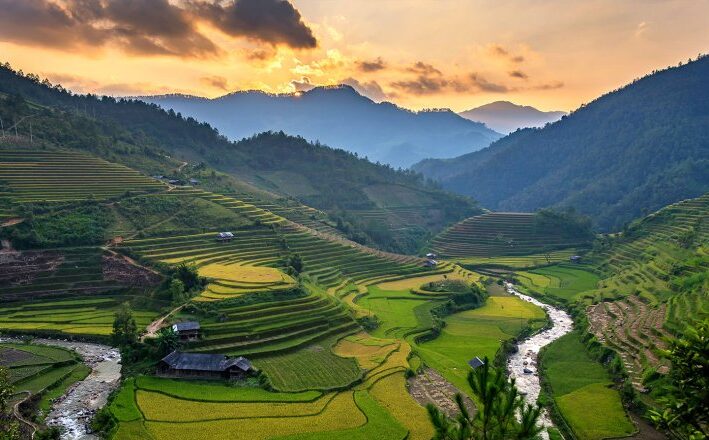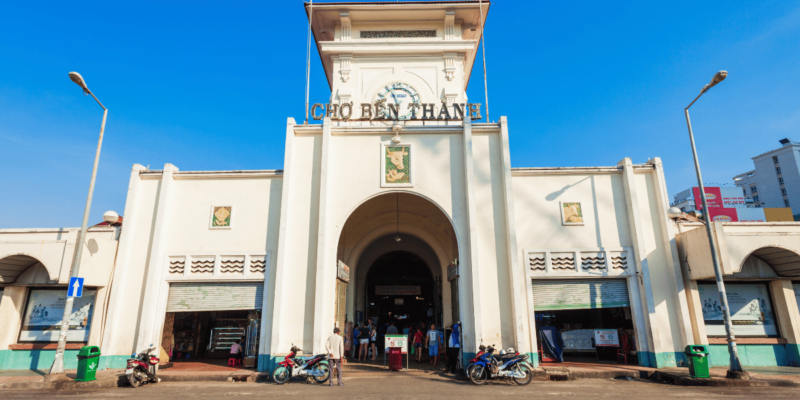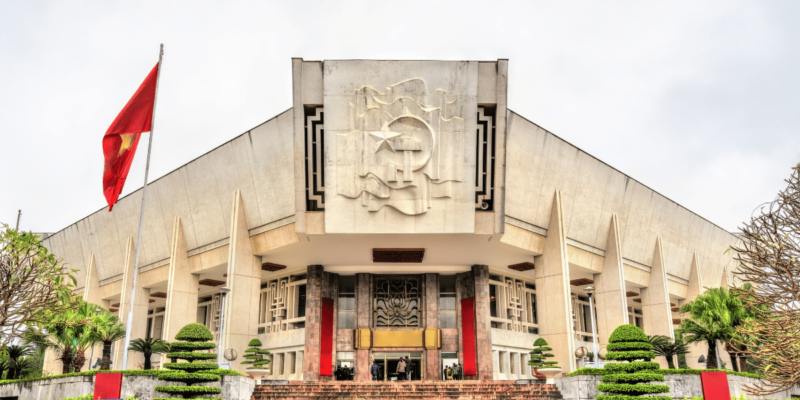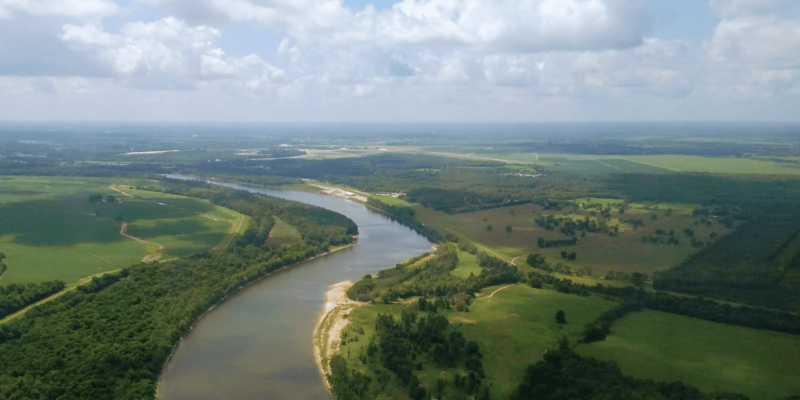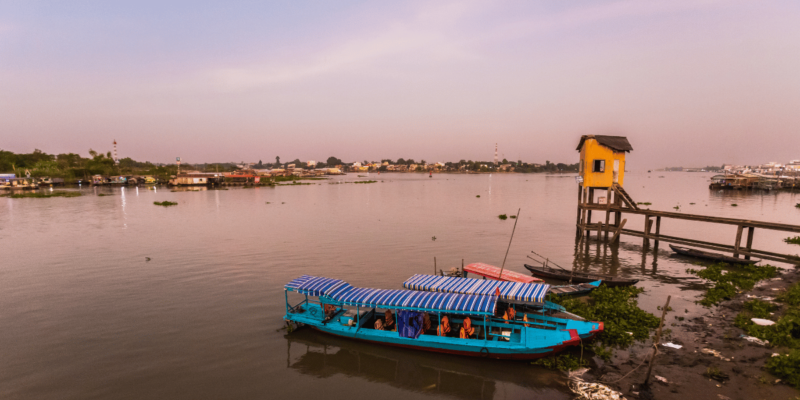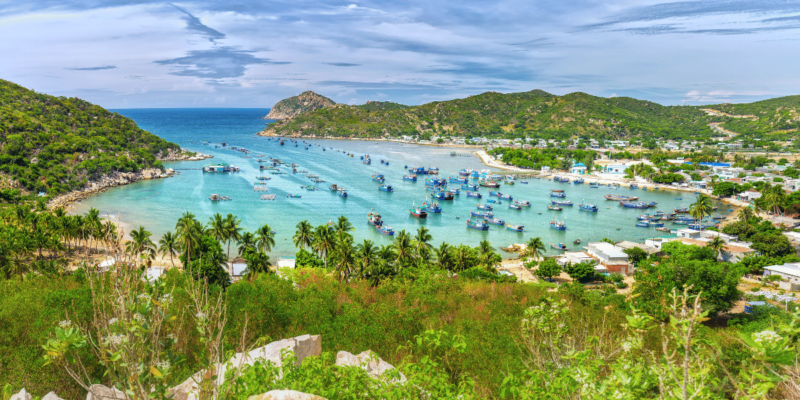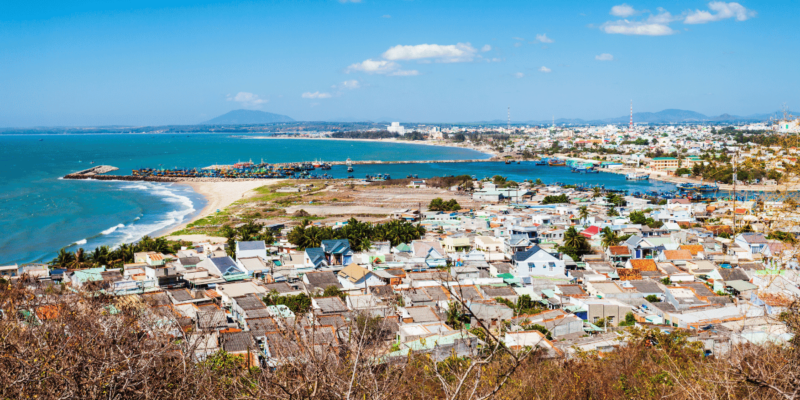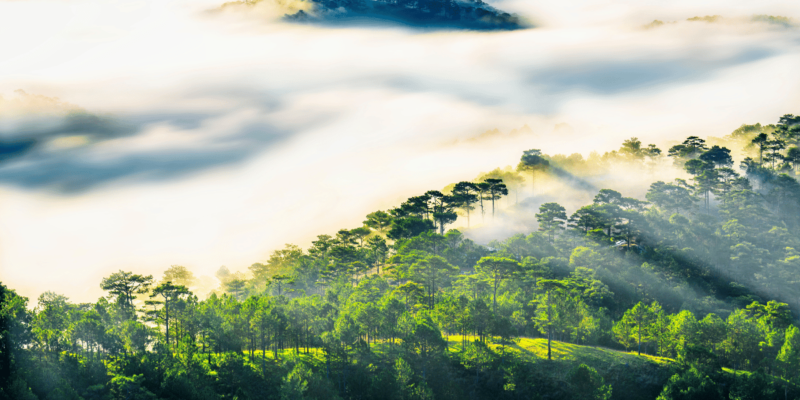Vietnam’s Majestic Mountains
Vietnam’s mountainous regions are renowned for their breathtaking landscapes, rich biodiversity, and cultural significance. Stretching across the northern, central, and southern parts of the country, these mountains not only define the topography but also play a crucial role in shaping Vietnam’s ecology and cultural heritage. The majestic peaks and lush highlands attract tourists, adventurers, and nature enthusiasts from around the world. This article explores the key mountain ranges in Vietnam, their ecological importance, cultural and historical significance, and the adventure and tourism opportunities they offer, highlighting the vital role these natural wonders play in the country’s identity.
Northern Vietnam Mountains
The northern region of Vietnam is home to some of the most iconic mountain ranges, including the Hoang Lien Son range, which houses Fansipan, the highest peak in Vietnam at 3,143 meters. This area is particularly famous for Sapa, a town nestled in the mountains, known for its terraced rice fields and vibrant ethnic minority communities such as the Hmong, Dao, and Tay. These communities maintain traditional lifestyles and crafts, adding cultural richness to the region’s natural beauty. The mountains of northern Vietnam offer stunning vistas, challenging trekking routes, and a deep dive into the country’s diverse ethnic cultures, making it a must-visit destination for adventurers and cultural explorers alike.
Central Vietnam Highlands
The Central Highlands, or Tây Nguyên, are characterized by their rolling hills, dense forests, and fertile plateaus. This region is a vital agricultural hub, known for coffee and tea plantations. Key mountain areas include Da Lat, a city often referred to as the “City of Eternal Spring” due to its cool climate and scenic landscapes. The Annamite Range, which stretches along the border with Laos and Cambodia, features several notable peaks and is home to diverse flora and fauna. The Central Highlands are crucial for their biodiversity, supporting unique ecosystems and numerous indigenous species. This region also holds significant cultural value, being the homeland of various ethnic groups who continue to practice age-old traditions.
Southern Vietnam Mountains
In southern Vietnam, the Ba Na Hills and the southern portion of the Annamite Range are notable for their picturesque beauty and tourist attractions. The Ba Na Hills, near Da Nang, offer a unique combination of natural scenery and man-made wonders, including the famous Golden Bridge held by giant stone hands. Lang Biang Mountain near Da Lat is another significant peak, providing panoramic views and opportunities for hiking and paragliding. These southern mountains are popular tourist destinations, offering a blend of adventure, relaxation, and cultural experiences. They also play a role in the local economy, attracting visitors and supporting hospitality industries.
Ecological Importance
Vietnam’s mountainous regions are ecological hotspots, home to a vast array of plant and animal species. These areas support critical habitats and are essential for the conservation of biodiversity. Key species found in these regions include the saola, a rare and endangered mammal, and various species of primates and birds. Conservation efforts are crucial to protect these unique ecosystems from threats such as deforestation and habitat fragmentation. Additionally, mountains play a vital role in maintaining water resources, acting as natural reservoirs and watersheds that support agriculture and provide drinking water for millions of people.
Cultural and Historical Significance
Mountains hold a special place in Vietnamese folklore and history. Many legends and myths are associated with these majestic landscapes, reflecting their spiritual significance. Historical sites, such as ancient fortresses and temples, are scattered throughout the mountainous regions, bearing witness to Vietnam’s rich past. Mountains have also been strategic locations during various historical events, including battles for independence and resistance against foreign invasions. The cultural practices and lifestyles of the ethnic communities living in these areas are deeply influenced by the mountainous environment, preserving traditions that have been passed down through generations.
Adventure and Tourism
Vietnam’s mountains offer a wealth of activities for adventure seekers and tourists. Trekking and hiking are popular, with routes ranging from moderate to challenging, allowing visitors to explore remote villages and stunning landscapes. Climbing Fansipan, often called the “Roof of Indochina,” is a significant achievement for many adventurers. Cultural tours provide insights into the lives of ethnic minority groups, showcasing their customs, crafts, and hospitality. To ensure a safe and responsible experience, tourists are advised to prepare adequately, respect local customs, and minimize their environmental impact. Sustainable tourism practices are essential to protect these natural and cultural treasures for future generations.
Conclusion
Vietnam’s majestic mountains are more than just scenic landscapes; they are integral to the country’s ecological balance, cultural heritage, and economic well-being. Preserving these natural treasures is crucial for maintaining biodiversity, supporting local communities, and ensuring the continued attraction of tourists. As we explore and appreciate the beauty and significance of Vietnam’s mountains, it is important to promote sustainable practices that honor and protect these vital regions. The mountains of Vietnam not only enhance the country’s beauty but also embody its resilience, diversity, and cultural richness, making them an indispensable part of Vietnam’s identity.

